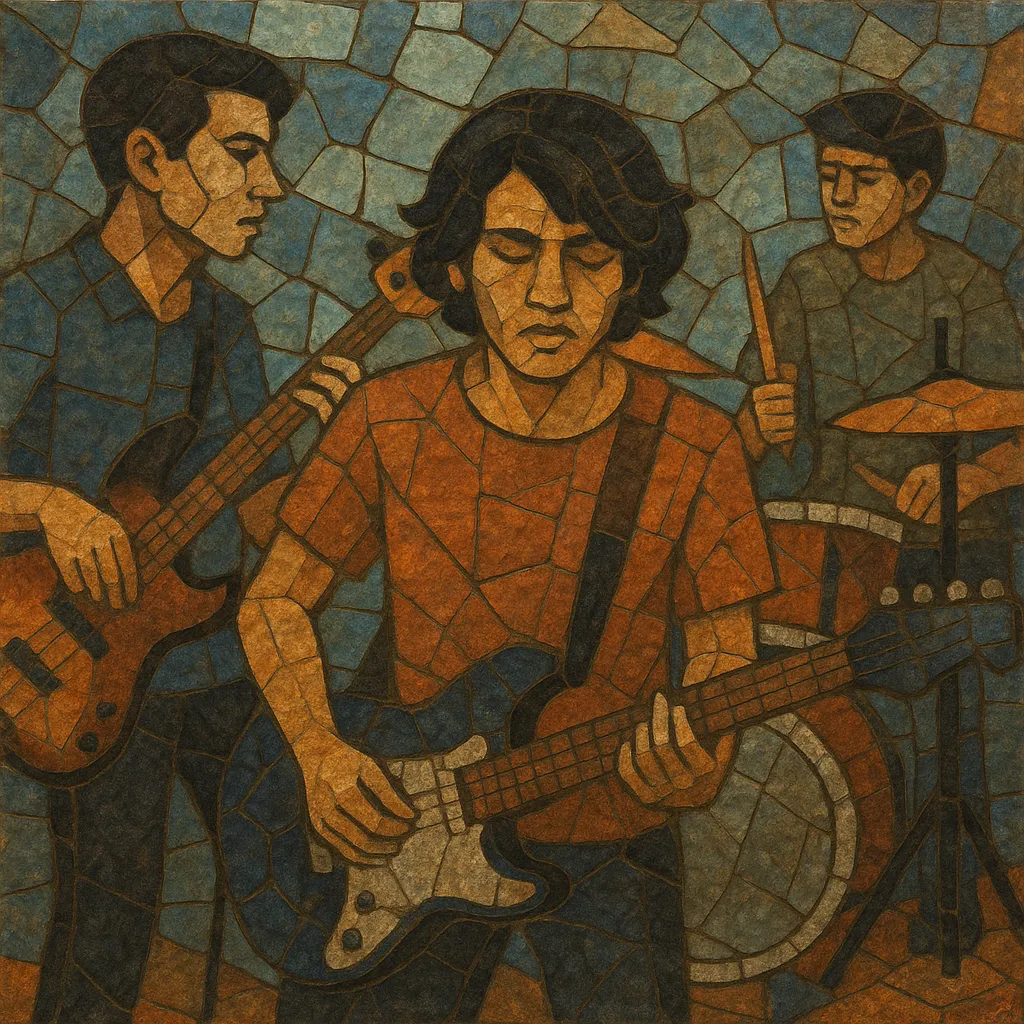Indonesian indie rock blends the guitar-centric drive of alternative rock with DIY production values and locally rooted lyricism. Bands commonly combine jangly, chorus-laden guitars, melodic basslines, and tight backbeats with touches of post-punk angularity or shoegaze haze.
The scene is known for its strong independent ethos: self-released cassettes and CDs, small labels, campus gigs, and a vibrant network of community venues and festivals. Lyrics are often written in Bahasa Indonesia (sometimes mixing English), focusing on urban life, personal reflection, and subtle socio-political commentary.
Sonically, Indonesian indie rock ranges from bright Britpop-inspired anthems to moody, reverb-drenched dream pop crossovers. It values memorable hooks, clean but unfussy production, and authentic storytelling over spectacle.
The genre took shape in the 1990s alongside Indonesia’s broader independent ("indie") movement, when affordable recording and duplication (especially cassettes) enabled bands to circulate music outside major labels. College towns and urban centers—especially Bandung, Jakarta, Yogyakarta, and later Bali—nurtured a grassroots circuit of campus gigs, small venues, and DIY labels.
Musically, early groups drew heavily from alternative rock, post-punk, and grunge, adding distinctive melodic sensibilities and Indonesian-language lyrics. Independent magazines, zines, and small record shops helped connect scenes across cities.
In the 2000s, dedicated indie labels and distros (independent distribution stores) amplified the scene’s reach. Bands began crafting polished recordings while maintaining DIY values. Britpop, jangle pop, and shoegaze textures entered the palette, encouraging a more melodic, harmony-rich sound that appealed to campus radio and growing festival circuits.
The 2010s saw streaming, social media, and video platforms propel Indonesian indie rock from local to nationwide audiences. A wave of new bands embraced eclectic influences—post-punk revival, dream pop, garage rock revival—while songwriting foregrounded personal narratives and contemporary urban themes. Festivals and community events connected cities and islands, turning the scene into a reliable pipeline for national tours and cross-scene collaborations.
Indonesian indie rock is now a stable pillar of the country’s independent music ecosystem. It coexists with indie pop, singer-songwriter, and electronic-leaning acts, often sharing bills and audiences. While still grounded in DIY principles, many artists achieve professional production standards and extensive touring, demonstrating a mature scene that remains stylistically open and culturally rooted.


